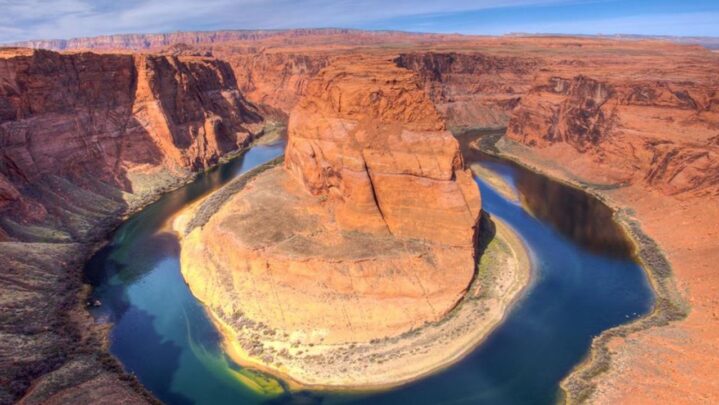The Grand Canyon is a river valley in the Colorado Plateau that exposes elevated Proterozoic and Paleozoic strata, as well as one of the Colorado Plateau province’s six major geomorphic parts. The Grand Canyon is noted for its visually overpowering grandeur and rich and colourful terrain, despite not being the world’s deepest canyon. It is notable geologically because of the thick sequence of old rocks that have been well preserved and visible in the canyon walls.
The Grand Canyon is part of the Colorado River basin, which has evolved over the past 70 million years, indicating that the Grand Canyon reached a depth close to that of today by 20 Ma. According to a new study of caverns in the Grand Canyon, their origins date back to almost 17 million years ago. The canyon’s age was previously estimated to be 5–6 million years old.
Around 900 trillion footballs might fit in the Grand Canyon. The Grand Canyon is enormous, with unbelievable majesty and beauty. The Grand Canyon has a depth of a mile, a length of 277 miles, and a width of 18 miles. While the park does not encompass the entire canyon, it does cover a massive 1,904 square miles. Rhode Island, by comparison, is about 1,212 square miles.
The Colorado River carved the Canyon over millions of years, thus most people calculate the Grand Canyon’s size by the length of the Colorado River from the Canyon’s easternmost to westernmost ends.
Also Read: 7 Delicious Indian Desserts One Must Try





